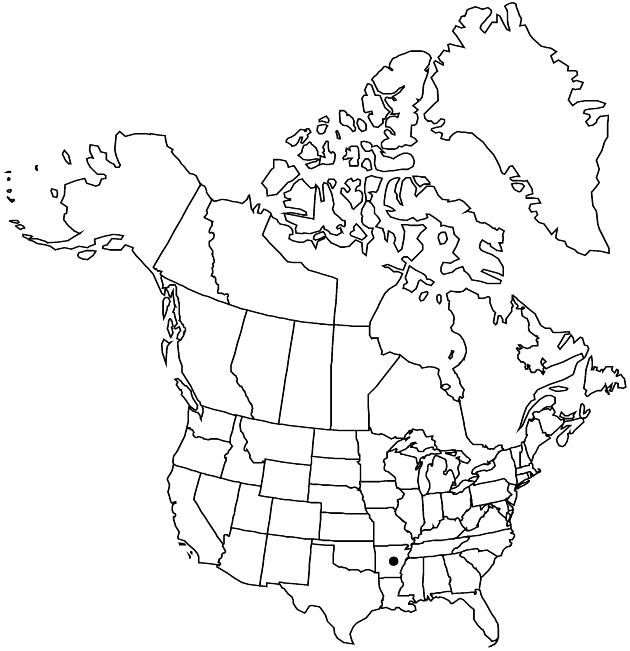Helenium campestre
Fl. S.E. U.S., 1291, 1341. 1903.
Perennials, 40–100 cm. Stems usually 1, branched distally, moderately to strongly winged, densely (the proximal) to moderately hairy. Leaves moderately to densely hairy; basal blades oblanceolate to obovate to spatulate, entire or undulate-serrate; proximal and mid blades oblanceolate to lanceolate, usually entire, sometimes undulate-serrate; distal blades lanceolate to lance-linear, entire. Heads 3–20 per plant, in paniculiform to corymbiform arrays. Peduncles 3–11 cm, moderately to densely hairy. Involucres globoid to ovoid, 9–17 × 10–20 mm. Phyllaries (barely connate proximally) moderately to densely hairy. Ray florets 9–15, neuter; corollas yellow, 20–30 × 8–15 mm. Disc florets 150–500(–700+); corollas yellow proximally, reddish brown to purple distally, 3–5 mm, lobes 5. Cypselae 1–1.4 mm, sparsely to moderately hairy; pappi of 6–7, entire, non-aristate scales 0.3–0.5 mm. 2n = 28.
Phenology: Flowering May–Jun(–Jul).
Habitat: Ditches, fields, in washes, along streams
Elevation: 100–200 m
Discussion
Selected References
None.
